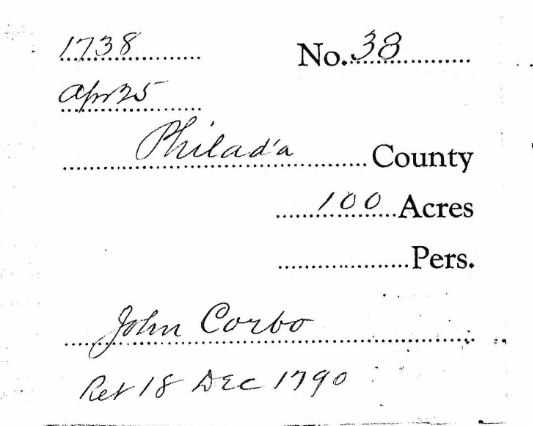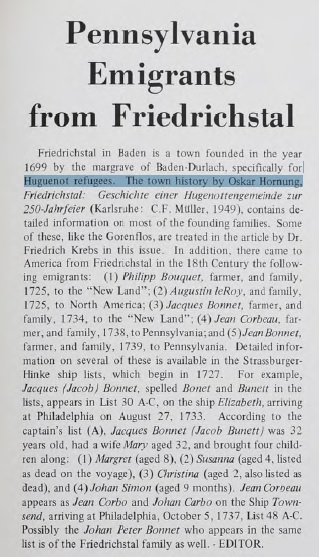As so correctly stated by Aaron Holt of the National Archives and Records Administration, “It only takes three generations to lose a piece of oral family history. If you want to avoid losing those precious family stories passed down through the generations, the story must be purposely and accurately repeated over and over again through the generations to be preserved.”
As it pertains to oral family histories – the Miller family has done a great job – specifically as it relates to James Turner Miller, the father of Elijah Spencer Miller (whose wife was Harriet Curbow). When I began researching the life of Elijah and Hattie – I naturally poked around for information on Elijah’s father, and through census records, I believed that to be James Turner Miller, who lived “east of the Brazos – near Waco, Texas. As I worked with other Miller researchers, I was told on more than one occasion that Mr. Miller was a wealthy landowner, had been in Waco on a supply trip on the day of his death, and that he had been murdered by cattle rustlers on his way home. I put that in my “to be determined file” and moved on with the research. Thankfully, I have many fantastic research partners – and Mr. Tom Hedges (a Miller descendant) – was able to locate this news article, presumably published in a Waco newspaper the day after the murder on 19 Aug 1873.
A GOOD MAN KILLED – MURDER MOST FOUL
Intelligence was yesterday morning received of the death by gunshot the evening before, of James T. Miller, a resident of this county, and one of the most orderly and respectable citizens. Who it was that committed this atrocious crime, or by what spirit of diabolism actuated, is yet one of the undeveloped mysteries. Certain it is, however, it was a murder most foul. Jim Miller, for so he was familiarly called, was in town the day he was killed, and it is known that he was not armed. He fell, therefore, by the hand of the assassin. He had bought during the day supplies and a quantity of lumber for use on his place, and was on his way home with them. He lived at the Pitts place, on the Corsicana road, twelve miles from town. A short distance this side of town, night coming on, Mr. Miller, being on horseback, left the wagons on the main road and started home on the “trail,” a more direct route. Shortly afterward the report of a gun was heard in that direction; Mr. Miller not coming home, search was instituted, and on the following morning (yesterday) his body was found. He was shot at the trail crossing of that ill-famed creek, the Tehuacana, a short distance above the Corsicana Road. A load of buckshot, some eighteen or twenty, taking effect in his side, had done its bloody work and there he lay. “Dead men tell no tales,” and in the absence of witnesses it is possible that the perpetrator of this great crime may go unwhipped of justice and unrecognized, save by the eye of heaven, as the murderer he is. But if it is possible, under such circumstances and in the absence of any clue, to ascertain who it was that did the deed, this should be done and the guilty party be awarded at the hands of the law the fearful penalty due his crime. The deceased will be buried with Masonic honors by Waco Lodge No. 92, to-day.
As it turned out – the family oral history was spot on about the facts of Jim Miller’s murder.
James Turner Miller – known as Jim – was born to Alfred Miller (b. 1793) and Sarah Wray on 12 Feb 1824 in South Carolina.
At the time of the 1850 census we find James T. Miller living next door to his father in Oktibbeha County, Mississippi. He is a blacksmith – both he and his father are land and slave owners. Jim is living with his first wife Rebecca, age 21 (Rebecca Ann Anderson) and son Elizah, age 2; (Elijah Spencer Miller, born 1849). Also next door is Rebecca Anderson, Elijah Anderson and James Anderson. Can we presume this to be the family of Rebecca, Elijah Miller’s wife?
Miller researcher Shirley McAnelly Hill states that Jim Miller and family were in Texas by 1858 – and they can indeed be found in the 1860 census living in McLennan County, Texas. He is with his wife Rebecca and son Spencer and daughter Nancy (Nancy Roseann Miller, born 1859).
The oral family story continues stating that Rebecca died in childbirth while Jim was in Galveston, Texas serving in the Civil War sometime around 1862. As it turns out, this part of the family story checks out as well – Jim did serve in Confederate Army with the 9th Militia Dist., McLennan County, 28th Brigade, Texas Militia – where he held the rank of 3rd Sgt. It could be that the child Rebecca gave birth to was daughter Mary Alice Miller (born 1862).
Jim Miller married for a second time to Catherine S. Young on 9 Dec 1864 (presume in McLennan County – although I have not located a marriage record for them there). The couple had five children: William Turner Miller in 1865; Susan Ellanora Miller in 1867; Rebecca Miller in 1869; Permelia Paralee Miller in 1871; and Jesse Perkins Miller in 1873). When the census was taken in 1870, the family is still living in McLennan County, Texas “east of the Brazos.” At that time Jim owned real estate valued at $8,500 and personal property valued at $2,000.
On a recent genealogy trip to Waco, my husband and I spent hour upon hour, looking through old Wills and probate papers at the McLennan County District Clerk’s office. While there I pulled the Will and probate file of James Turner Miller – and it was voluminous! The probate file settles James Turner Miller’s family relationships and confirms that he was a very well to do citizen of McLennan County, Texas. Since the file was so large, I did not copy it in its entirely; however, I did have a few pertinent pages copied – and will write about that in my next post. Stay tuned.













































